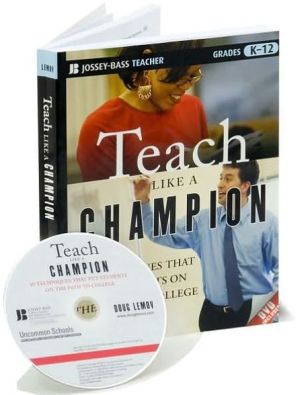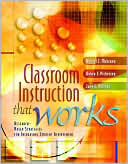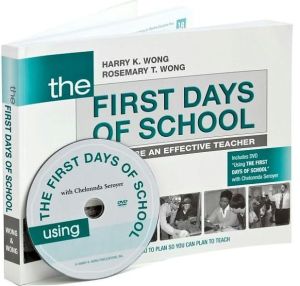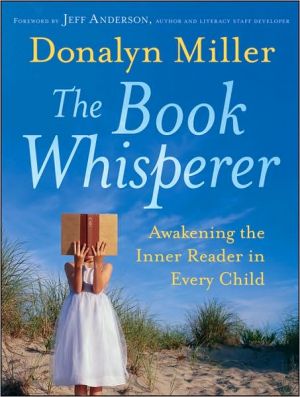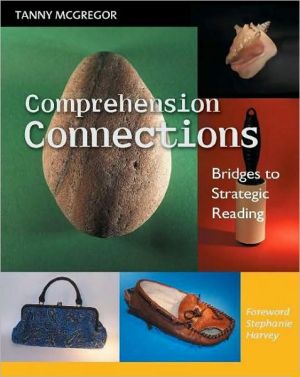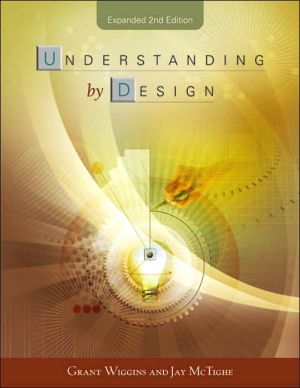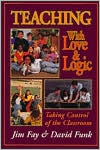Integrating Curricula With Multiple Intelligences: Teams, Themes, and Threads
The authors demonstrate how to develop higher-order thinking, mindful decision making, and productive problem-solving skills in all students and provide a six-step process for developing thematic learning units.
Search in google:
The authors demonstrate how to develop higher-order thinking, mindful decision making, and productive problem-solving skills in all students and provide a six-step process for developing thematic learning units.
Foreword by Howard GardnerAcknowledgmentsIntroductionThe Why's and Wherefore'sA Look at the Book1. Theories Caine and Caine's Twelve Principles From the Tower: Gardner's Theory of Multiple Intelligences From the Field: Multiple Intelligences From the Tower: Fogarty's Models of Curriculum Integration From the Field: Curriculum Integration Differentiated Instruction Frames of Mind - Grid Talk2. Teams Teams Rap List of Words (Bombardment) Jagged Profile Activities Jagged Profile Implications Collaborative Teams in Professional Learning Communities Forming Teams: Top Down or Bottom Up? Beginning the Conversation: It's a Start! Teaming Conference Team Meetings Guide on the Side: Facilitating the Team or PLC3. Themes Themes as Organizing Centers Themes as Catalysts Thematic Teaching Theorists T-H-E-M-E-S Basic Models Introduction to Tandems - Themes Elementary Lesson: "Miss Mary Mack" Middle School Lesson: Africa - South of the Sahara High School Lesson: Medieval Europe During the Black Death Matrix Mixer4. Threads Reform for the Twenty-First Century Problem Solving Becomes the Thread Life Skills Basic Models Introduction to Tandems - Threaded Elementary Lesson: Threaded Model: Prediction Middle School Lesson: Threaded Model: Cause and Effect High School Lesson: Threaded Model: Communication Kids Incorporated and the Cemetery StudyAuthors' Note The Tri-Assessment Model Rubric for IntegratingLearning Using the Tri-Assessment Model Speech Fugue: ElementaryAppendix: Miscellaneous ToolsBibliographyIndex
\ Arthur L. Costa"Teachers are held accountable for designing instruction and assessing standards-based outcomes. They are also asked to teach for retention, cooperative learning, and individual differences. This book provides a wealth of delightful, creative, and compelling strategies andlessons, with techniques for integrating these diverse objectives."\ \ \ \ \ Rosemarie Young"Has great merit in providing connections and a strong learning environment for students. The authors provide excellent charts, templates, graphic organizers, and resources for educators to use and examine."\ \ \ Renee Peoples"In this concrete bookwith a multitude of examples, the authors offer specific suggestions for merging curriculum with recent multiple intelligences experience and research. The tone is upbeat and the style is practical and well organized,making it appealing to teachers."\ \ \ \ \ Brigitte Tennis"Well written, user-friendly, and has great examples that educators will relate to."\ \ \ \ \ Linda Eisinger"Clear, concise, and with outstanding illustrative material. The book adds to the discussion on integrating curriculum with multiple intelligences."\ \ \ \ \ Howard Gardner"The authors are sensitive to the constraints that operate on teachers even as they are open to ways in which teachers can refashion their classes and curricula to reach more children in more effective ways. This book will help teachers to enliven and enrich their classrooms and to forge new connections across concepts and curricula. "\ \

